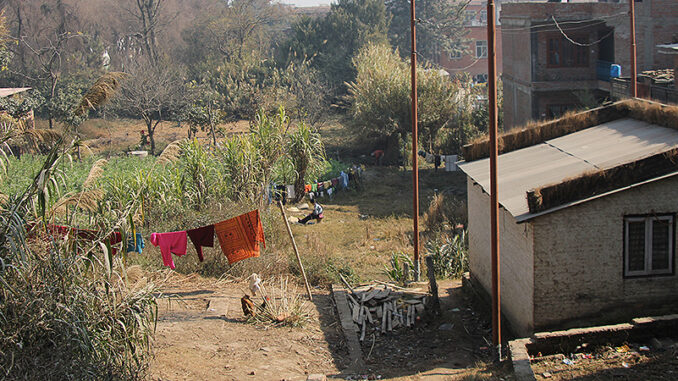
Earlier this month, btw reported on the massive earthquake that shook Nepal, killing more than 4,000 people and affecting 8 million more. Homes and businesses have been destroyed, along with infrastructure like roads and bridges, and essential services have been disrupted. Last year, btw provided an overview on what happens After the Disaster. It highlighted the major organizations (both government and nongovernment) that respond to and provide short-and-long term relief to those in need. In an effort to dig a little deeper, btw takes a look at others who are on the ground in Nepal, the good they’re doing, and the challenges they face.
Answering the Call
The Nepalese government is coordinating the global response through its National Emergency Operation Center. The United States Agency for International Development (USAID) works to put an end to extreme global poverty. Shortly after the disastrous news in Nepal, USAID activated a Disaster Assistance Response Team. Its goals are to provide basic medical care, produce safe drinking water, repair and rebuild infrastructure, and enhance communication. DART includes 57 search-and-rescue firefighters from Fairfax County in Virginia and Los Angeles County in California. They worked alongside workers from China, India and Russia and remained Nepal to help with the effects of aftershocks.

The United Nations Children Fund (UNICEF) is working with the government and associated partners to provide supplies like tarps and water purification tablets to families in need. Habitat for Humanity are assembling emergency shelter kits for those forced to flee their homes. SOS Children’s Villages are in place to help reunite families that have been separated from one another.
Facing Challenges
The earthquake originated in Kathmandu, Nepal’s capital, which is densely populated. Efforts have included identifying are where survivors are in need of rescue and drilling and digging in the rubble to pull them to safety. Teams have set up camps where they can keep people warm and tend to the injured, although the lack of open space is making it difficult to provide accommodations to those who are displaced. Many transportation networks have been destroyed and loss of power has severely hindered both identifying survivors and the flow of supplies. There are many parts of Nepal that are only accessible by foot that have been further impenetrable by the destruction. Another major concern of disaster-relief experts is the pending monsoon season (heavy rains that begin in June and lasts into the fall).
The highest mountain in the world, Everest, is located about 140 from the epicenter of the earthquake. At any given time, it contains hundreds of climbers. The quake on April 25 triggered an avalanche that killed at least 17 people and injured at least 30 others. More than 150 survivors, whose camps had been destroyed, were stranded until rescue teams with helicopters could get to them.
